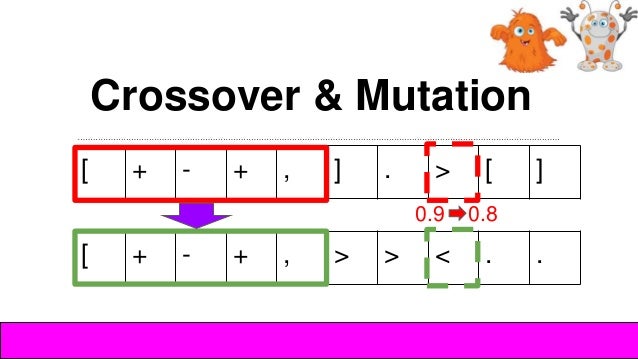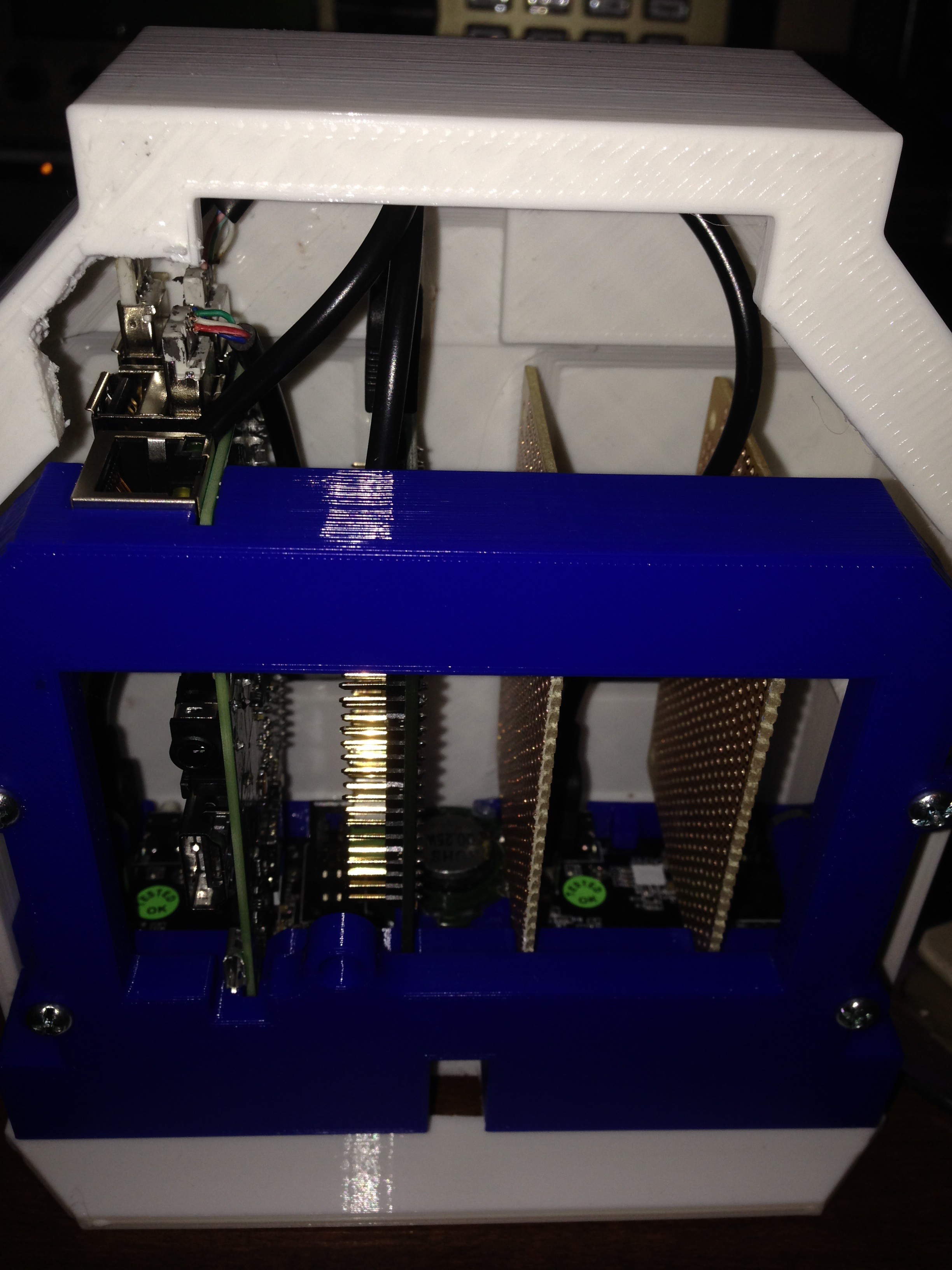

To generate code for a new task given natural language instructions, CaP uses a code-writing language model that, when prompted with hints (i.e., import statements that inform which APIs are available) and examples (instruction-to-code pairs that present few-shot "demonstrations" of how instructions should be converted into code), writes new code for new instructions. CaP allows a single system to perform a variety of complex and varied robotic tasks without task-specific training.Ī Different Way to Think about Robot Generalization Our experiments demonstrate that outputting code led to improved generalization and task performance over directly learning robot tasks and outputting natural language actions. With CaP, we propose using language models to directly write robot code through few-shot prompting. CaP extends our prior work, PaLM-Sa圜an, by enabling language models to complete even more complex robotic tasks with the full expression of general-purpose Python code.

To explore this possibility, we developed Code as Policies (CaP), a robot-centric formulation of language model-generated programs executed on physical systems. Given code for an example task ( left), language models can re-compose API calls to assemble new robot behaviors for new tasks ( right) that use the same functions but in different ways. More broadly, this suggests an alternative approach to using machine learning for robots that (i) pursues generalization through modularity and (ii) leverages the abundance of open-source code and data available on the Internet. When provided with several example instructions (formatted as comments) paired with corresponding code (via in-context learning), language models can take in new instructions and autonomously generate new code that re-composes API calls, synthesizes new functions, and expresses feedback loops to assemble new behaviors at runtime. Given natural language instructions, current language models are highly proficient at writing not only generic code but, as we’ve discovered, code that can control robot actions as well. What if when given instructions from people, robots could autonomously write their own code to interact with the world? It turns out that the latest generation of language models, such as PaLM, are capable of complex reasoning and have also been trained on millions of lines of code. While these programs can be expressive, re-programming policies for each new task can be time consuming, and requires domain expertise. Posted by Jacky Liang, Research Intern, and Andy Zeng, Research Scientist, Robotics at GoogleĪ common approach used to control robots is to program them with code to detect objects, sequencing commands to move actuators, and feedback loops to specify how the robot should perform a task.


 0 kommentar(er)
0 kommentar(er)
